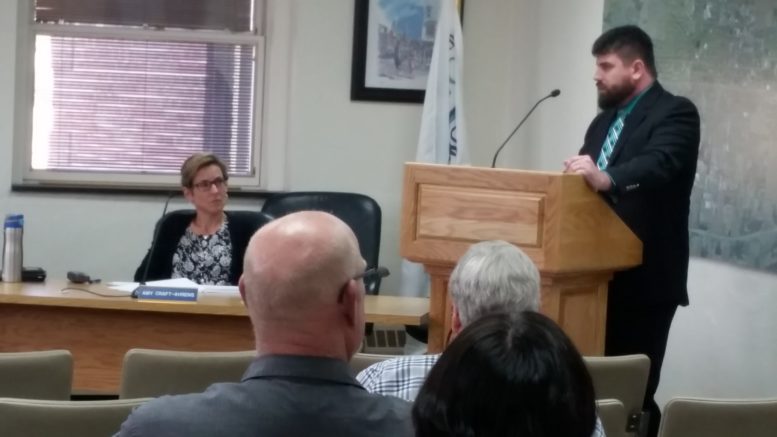By JAN LARSON McLAUGHLIN
BG Independent News
Bowling Green officials reviewed a plan last week to control electric rate increases while still meeting revenue requirements.
A cost of service and rate study proposed ways to develop rates that are fair and equitable – with few unpleasant surprises for customers.
“This plan presents a way to sustainability, with limited impact on customers,” said Trey Shepherd, of Sawvel and Associates. “They want something smooth and level.”
Bowling Green has a couple strengths in its favor. First, electric sales are continuing to increase.
“We don’t see a ton of municipalities experiencing growth,” Shepherd told members of the city’s Board of Public Utilities Monday evening.
More growth means less impact on customers since rate increases can be spread over more electric users.
“Growth helps,” Shepherd said. “It really does help to limit rate increases.”
The other plus for Bowling Green is its movement toward renewal energy. There is less reliance on market energy purchases, making the city less exposed to the volatility of the market, Shepherd said.
Currently, nearly 40 percent of the city’s electricity is generated by renewable sources of hydro, solar and wind.
“Compared to other municipalities in this part of the state, your renewables are higher,” he said.
The city has been able to prepay $4.6 million into the rate levelization fund, due to growth in electric sales and lower than expected power supply costs over the last few years.
Annual rate increases for residential customers are expected to be in the area of 2.83 percent. Most commercial and industrial customers will see rate increases of around 4 percent. No customers will experience rate hikes of more than 4.5 percent.
The steady small increases will help electric customers plan for the future, according to Brian O’Connell, director of public utilities for the city.
Shepherd said some of the rate classes are higher than Toledo Edison rates. However, Toledo Edison rates change every three months, he added.
The board of public utilities will be asked to approve the rate adjustments in May.

